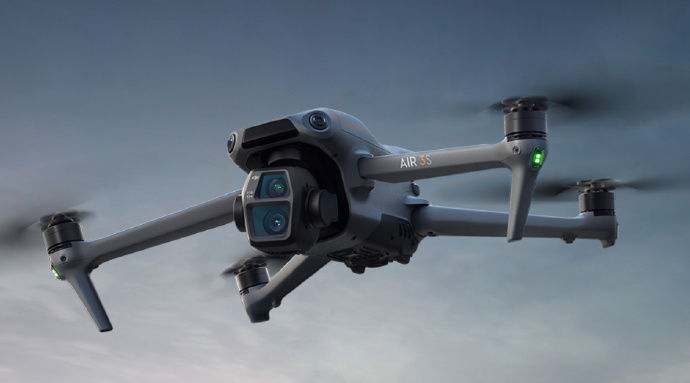In recent years, the popularity of drones has surged, leading many enthusiasts to explore how they can take their aerial adventures to the next level. One crucial step in this journey is obtaining a FAA drone license. This guide provides essential insights into the process, benefits, and requirements surrounding the acquisition of this license, ensuring you’re well-equipped to master the skies with your unmanned aircraft systems.
Understanding the FAA Drone License
The FAA drone license, officially known as the Part 107 Remote Pilot Certificate, is a credential granted by the Federal Aviation Administration (FAA) to individuals who wish to operate drones commercially. Whether you’re using drones for photography, surveying, or other professional purposes, this license is your ticket to compliance and opportunity in the growing world of unmanned aerial systems.
Why Do You Need an FAA Drone License?
Operating drones without a FAA drone license limits your activities to recreational use. For commercial endeavors, it’s a legal requirement. The license validates your understanding of airspace regulations, meteorology, and operational limits. It safeguards both you and the people around you, ensuring safe drone operations that adhere to federal guidelines. Additionally, possessing the license often opens doors to lucrative projects and collaborations within various industries.
Steps to Obtain Your FAA Drone License
- Eligibility: You must be at least 16 years old and demonstrate proficiency in English.
- Knowledge Test: Passing the FAA Unmanned Aircraft General Test is mandatory. This test covers airspace classification, flight restrictions, aviation weather, and more.
- Application: Upon passing the test, apply for your remote pilot certificate through the Integrated Airman Certification and Rating Application (IACRA) website.
- Security Check: Expect a background check by the Transportation Security Administration (TSA).
- Receive License: Once approved, your Part 107 certificate will be issued, enabling you to fly drones for commercial purposes.
Maintaining Your FAA Drone License
Keeping your FAA drone license valid requires passing a recurrent knowledge test every 24 months to ensure that your understanding of drone operations and regulations stays current. Committing to continual learning ensures that you remain a responsible and informed pilot.
Exploring Drone Opportunities with Your FAA License
Your FAA drone license unlocks numerous possibilities across industries such as real estate, agriculture, filmmaking, and construction. Drones can be used to capture breathtaking aerial footage, monitor crop health, inspect infrastructure, and much more. Thus, the demand for licensed drone operators is steadily increasing.

Frequently Asked Questions (FAQs)
Q: How long does it take to obtain an FAA drone license?
A: The typical timeline can vary from a few weeks to a month, depending on your preparation for the knowledge test and the processing time for the application.
Q: Can I fly my drone anywhere with an FAA license?
A: Not entirely. There are designated airspace restrictions and regulations you must follow, ensuring safety and compliance. Always check local rules before flying.
Q: What happens if I fly commercially without a FAA drone license?
A: Flying without a proper license can result in significant fines and penalties. It’s crucial to comply with FAA regulations to avoid legal complications.